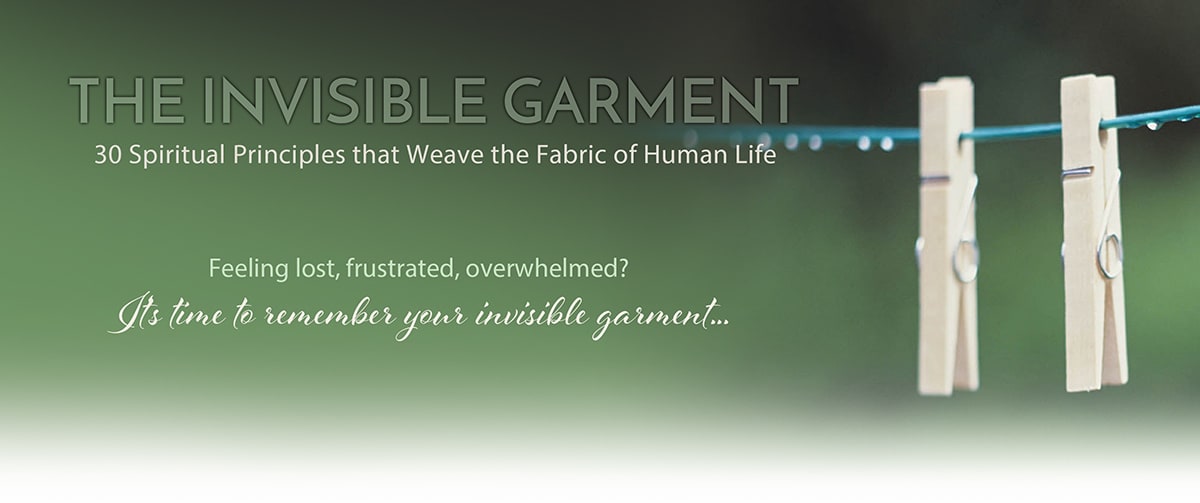
The “I Am” Meditation
I ask each of my clients and students to use the “I Am” meditation daily.
Jesus is reported to have used the “I Am” phrase often—for example, he is reported to have said, “I Am the way, the truth, and the light.” Some translations say “I Am the way, the truth, and the life.” Either way, the phrase “I Am” was quite probably mistranslated. He was not saying that he, as a personality, was the way—he was saying the “I Am” is the way. In other words, those sentences should be translated, “I Am is the way to truth and light.” In that context, “I Am” is a way of understanding ourselves as divinity—as a part of the whole. If one understands Who She Is, then she understands the spiritual wholeness of the realm of form.
We are very careless in our society about the use of the sacred phrase “I Am.” It is a powerful phrase and when we accompany it with an adjective that is temporal, we diminish ourselves. “I am angry. I am hungry. I am—anything that is not REAL.” All those statements are disrespectful to the human spirit. I encourage you to begin doing the “I Am” meditation regularly.
It goes like this: Say “I Am” and then follow it with each of your principles. It can become a chant, a mantra, a monotonous thing you say as you walk or run or drive. For example my mantra goes like this:
- I Am Humility
- I Am Love
- I Am Reciprocity
- I Am Silence
- I Am Desire
- I Am Resistance
- I Am Generosity
- I Am Regeneration
- I Am Love
- I Am Ecstasy
- I Am Unity
- I Am Peace
Try it in all sorts of configurations. For example, try making each syllable exactly the same so that the words lose meaning, but the encoding of the syllables speaks to you. Then try it as you drum—use the heartbeat rhythm, then the monotonous rhythm. Use your imagination with different ways to verbalize the chant. It is a wonderful tool to help eliminate mind chatter.
It quietens the mind and reminds you of who you are.
The “I Am” meditation brings you back to beingness so that the doingness will present itself appropriately. Meister Eckhart says, “People ought to think less about what they should do and more about what they are” (Fox, 1983, p. 97). This is a technique to help you do that.